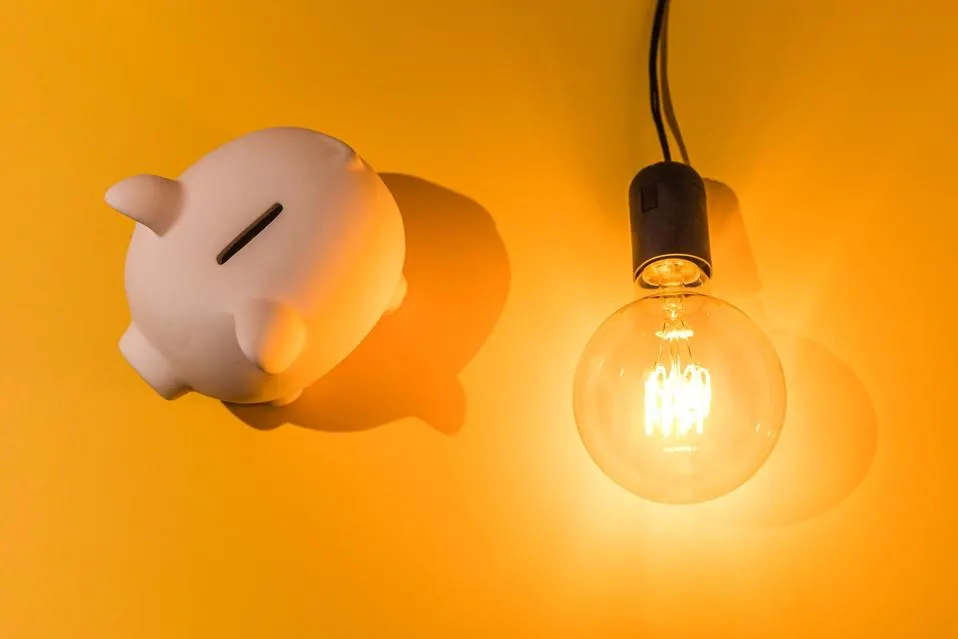Utility bills are an essential monthly expense for homeowners across the United States. With rising energy costs, finding effective ways to save on electricity, water, and gas bills can impact your budget.
Implementing eco-friendly practices and technology can significantly lower these expenses, benefiting both your wallet and the environment. This guide will explore numerous methods to help you reduce your utility expenses effectively.
Understanding your utility usage

Before embarking on a journey to cut down your utility bills, it’s crucial to understand your consumption patterns. Your electricity, water, and heating bills are influenced by various daily habits and factors, including the size of your home, the number of people living there, and the types of appliances you use. The first step in reducing costs is to analyze previous bills to identify trends and areas of high usage.
One efficient way to track your energy use is by employing a smart meter. Many utility providers offer detailed breakdowns of your usage that help pinpoint significant areas of consumption. With this information, you can identify appliances or behaviors contributing most to your bills. By understanding your consumption, you’re better equipped to make informed decisions about reducing waste and identifying where your highest usage occurs.
Electricity-saving tactics
Reducing electricity consumption not only benefits the environment but also significantly cuts down on your monthly expenses. Start by evaluating your home’s lighting. Switching incandescent bulbs for energy-efficient LED alternatives can reduce energy usage by up to 75%. LEDs have a longer lifespan and use less energy, offering savings in both the short and long term.
Another strategy is investing in energy-efficient appliances. While there’s an upfront cost, these appliances consume less power and can lower electricity bills over time. Look for models with the ENERGY STAR label, signifying they meet or exceed energy efficiency guidelines. These appliances use significantly less electricity than traditional models and can drastically reduce overall utility bills.
Reducing water consumption
Efficient water use conserves an essential resource and can lower your water bills. Start by addressing common areas of waste, such as leaky faucets or inefficient showerheads. Not only do leaks waste gallons of water, but they can also increase your monthly payments. Regularly check for leaks and fix them promptly.
Additionally, consider installing low-flow fixtures. Faucets, showerheads, and toilets designed for efficiency can significantly reduce water usage without sacrificing performance. They are an affordable way to make a meaningful impact and conserve water in everyday activities. Implementing these fixtures can decrease water usage by 30% or more, translating into substantial savings on utility bills.
Improving home insulation
Proper home insulation is a vital component in reducing energy consumption, particularly related to heating and cooling. Poor insulation can lead to significant energy loss, which means your HVAC system works harder, leading to higher utility costs. Assess your home’s insulation in areas such as attics, walls, and windows to determine where improvements can be made.
Sealing drafts around doors and windows is a simple yet effective way to enhance insulation. Weather-stripping or caulking can prevent cool air from escaping during hot months and warm air from leaving during the winter. These simple measures help maintain indoor temperatures, reducing the demand on heating and cooling systems.
Heating and cooling efficiency
Your heating, ventilation, and air conditioning (HVAC) system is a primary contributor to utility bills. Ensure these systems run efficiently by scheduling regular maintenance and filter replacements. Seasonal tune-ups help the system run smoothly, reduce energy consumption, and prolong its life.
Installing a programmable thermostat is another effective way to cut down on costs. These devices automatically adjust the temperature based on your schedule, reducing energy use when you’re not home. Smart thermostats offer added control by allowing remote management via smartphones, ensuring efficient operation at all times.
Using natural resources
Incorporating natural resources into your energy-saving strategy can greatly impact utility bills. Solar panels, for example, convert sunlight directly into electricity. Although the initial installation can be expensive, tax incentives and long-term savings make solar energy a smart investment. Additionally, maximize natural lighting by designing interiors wisely. Open blinds during the day to utilize sunlight instead of relying on artificial lighting.
This not only reduces electricity use but also enhances the ambiance of your living space. Space design choices can have profound effects on utility consumption. Wind energy is another option in certain locations. If your property allows, small wind turbines can complement your energy supply, reducing dependence on grid energy and lowering monthly expenses. Exploring these alternatives can contribute to sustainable living while managing energy expenses effectively.
